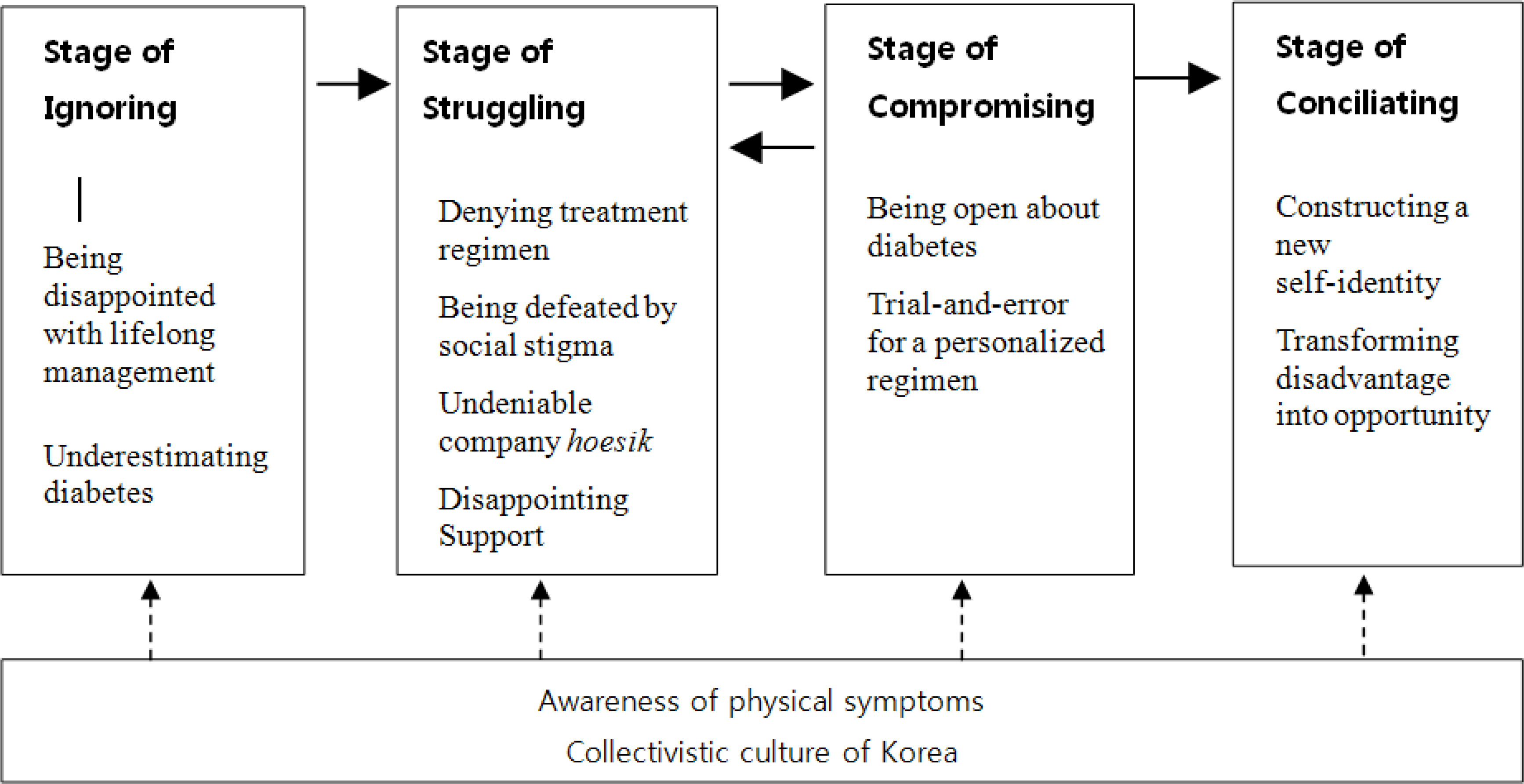1College of Nursing, The Research Institute of Nursing Science, Seoul National University, Seoul
2Department of Nursing, Chodang University, Muan
3Department of Nursing, University of Ulsan, Ulsan, Korea
Copyright © 2014 Korean Society of Adult Nursing
This is an Open Access article distributed under the terms of the Creative Commons Attribution Non-Commercial License (http://creativecommons.org/licenses/by-nc/3.0) which permits unrestricted non-commercial use, distribution, and reproduction in any medium, provided the original work is properly cited.


